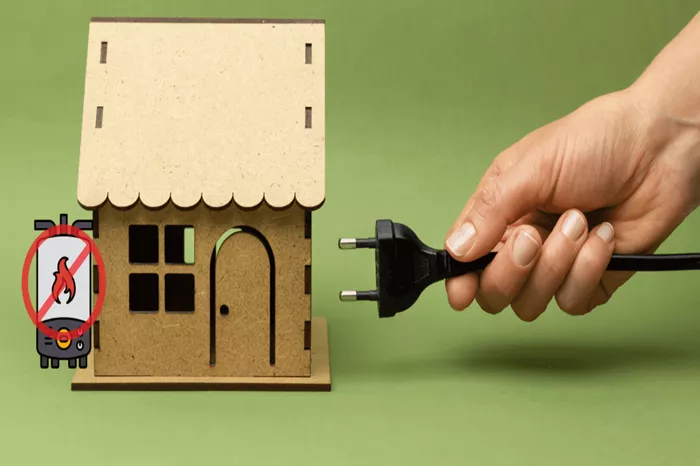On March 15, 2023, the Bay Area Air Quality Management District announced that gas water heaters will be banned starting in 2027, and gas furnaces will follow in 2029. This policy will affect many homeowners in the region, and local associations are working to raise awareness of the upcoming changes.
While homeowners can still repair gas water heaters and furnaces after these deadlines, the real challenge comes if a unit breaks down completely. A common issue is when a gas water heater tank rusts out, causing water to flood the garage and leaving homeowners needing a replacement. In these cases, replacing the gas water heater with an electric one may not be as simple as it sounds.
Typically, converting to an electric water heater requires significant upgrades. Additional wiring, plumbing, and even electrical panel modifications are often needed. According to Leyla Rezakhani, a general contractor and realtor, the biggest cost factor in converting appliances from gas to electric is the electrical panel. “Most homes built before 2000 have panels that can’t support the load of an electric water heater or furnace,” Rezakhani said. “Homes with panels smaller than 125 amps will need to be upgraded to handle the load.”
A licensed electrician must conduct load calculations on the current electrical panel to assess whether it can safely accommodate the new appliances. If the panel can’t handle the added load, the lights may flicker, or circuits may trip, signaling that the system is overloaded. Installing a new panel capable of supporting the additional demand typically costs at least $10,000.
In addition to the electrical work, replacing a gas water heater requires a general contractor to manage several tasks. The gas line must be safely disconnected, the water heater drained and plumbing disconnected, and the venting system sealed. An electrician will then run wiring from the panel to the new electric water heater. The cost of wiring depends on the distance between the panel and the appliance, which can range from $2,000 to $3,000. Additional plumbing and electrical work, including updating the electrical panel’s labels, will add to the total cost.
Each installation is unique, so labor and material costs can vary greatly depending on the complexity of the job and the type of appliances. Other factors, such as permit fees, inspection delays, and possible waiting periods for PG&E service upgrades, can also impact the timeline and cost. For example, a homeowner in Los Altos had to wait over six months for PG&E to connect power to their upgraded electrical panel, according to real estate agent Kraig Constantino.
Santa Clara County Association of Realtors President Joe Brown emphasized the high costs and challenges homeowners will face in meeting the upcoming mandates. “This will cost homeowners thousands of dollars, and the shortage of contractors to electrify homes in the Bay Area is a major issue,” he said.
To avoid being caught in a difficult situation without heat or hot water, homeowners may want to consider upgrading their homes before the 2027 and 2029 deadlines arrive.
Related topics:
- Cyprus to Assess Solar Water Heater Damage After Freezing Temperatures
- Space Heater Blamed for Barn Fire in Polk County
- Fired Heaters Market Growth Driven by Industrial Demands

